Thais are taught to make wai from about the age of two. The skills of this ritual are honed over the years so that everything turns out beautifully, dignified and according to the situation. Therefore, to repeat wai correctly and in full is simply impossible.
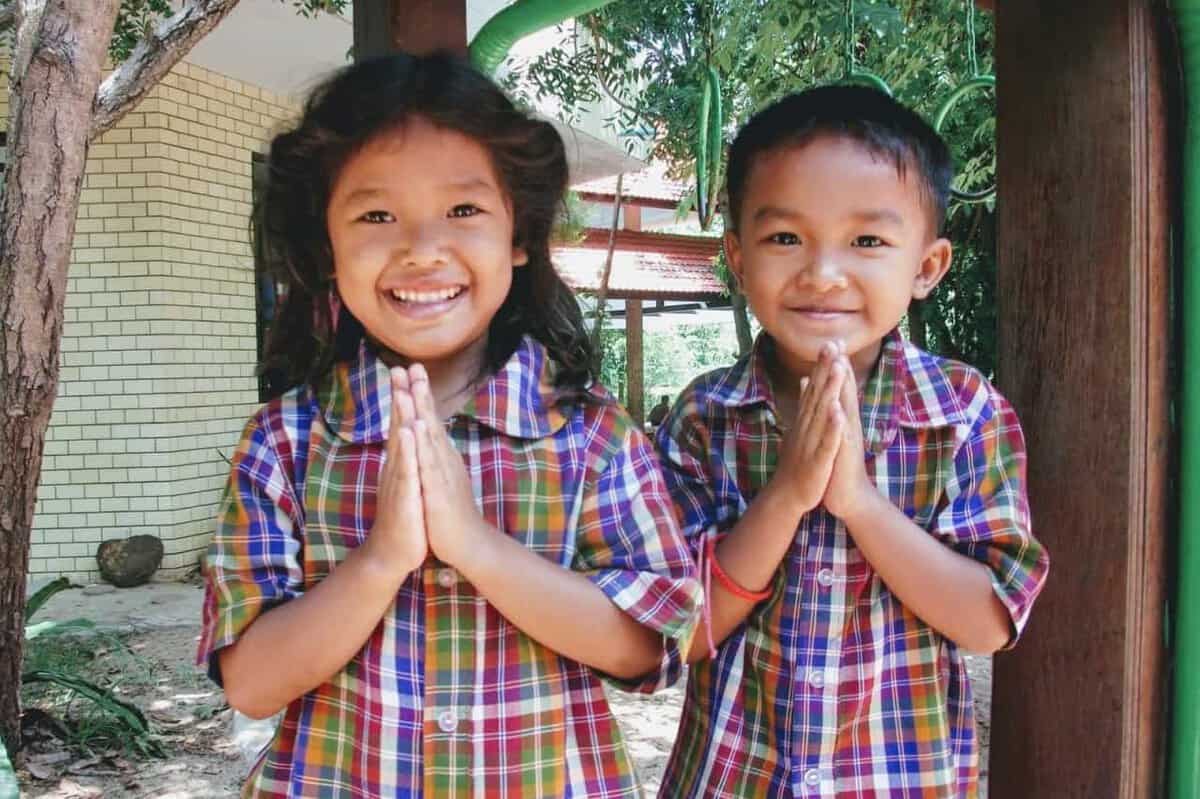
What is wai?
The most important Thai gesture in the form of folded palms is called "wai", which can be classified as a handshake in the West. But the gesture in Thailand has a much broader social significance and some other meanings. The geography of the kingdom is not limited to the wai. A similar greeting is used in parts of Southeast Asia.
There are many theories as to where and when the wai originated. Some of them say that warriors in this way demonstrated to the enemy the absence of weapons in their hands. Others suggest that the gesture was related to Buddhism, which was one of the religions in Southeast Asia.
Although in Thai business circles the common handshake is becoming more popular, the wai still remains. It is not easy for Pharangs to identify all the nuances of this greeting, to understand how it depends on people's attitudes toward each other. It is wrong to think that wai is only a traditional greeting that is accompanied by the word "savatdi. Thais do wai when saying goodbye, thanking, and apologizing, depending on the circumstances.
Variations of the greeting in Thailand
The variation of the wai gesture has a certain dependence on the social hierarchy in Thai society. Here I am referring to the level of positioning of the hands in relation to the head and body. As a rule, the higher the hands are in the gesture, the more respect the wai shows. For example, when making wai to Buddhist monks, the Thais touch their forehead with their thumbs and tilt their head low. The gesture is repeated several times. The same type of wai is used for members of the royal family.
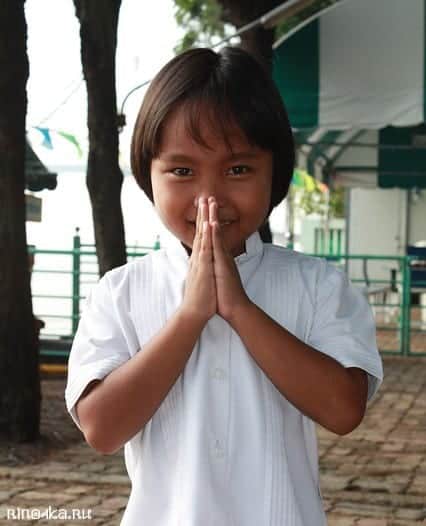
Parents are sure to educate their children in the culture of wai, the understanding of types is literally passed on to them with the milk of the mother. However, it is not customary to respond to a child's wai; a nod of the head in this case would be more appropriate and polite. The positions of the wai gesture vary from low (around the chest) to high (around the forehead). You need to be aware of the status of the person to whom you are making the wai for a more accurate position. Long-time friends greet each other by raising their hands to chest level because they are equal and well acquainted. A similar wai is made to those higher up in the Thai hierarchical ladder and to the elderly, but with a slight tilt of the head. As a sign of greater respect, the wai gesture raises the hands to lip level and the head is respectfully bowed. This is how parents, teachers, government officials and other important people are greeted.
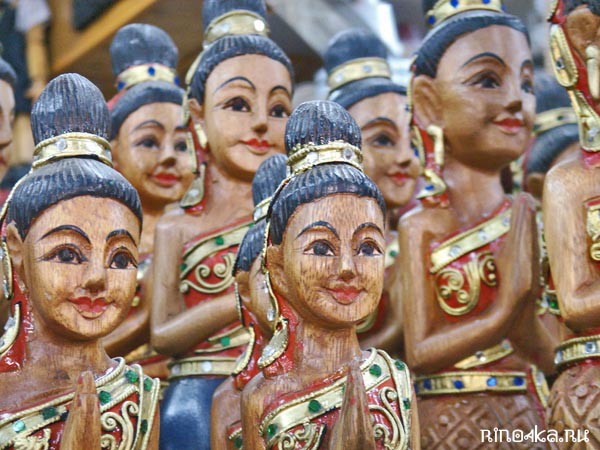
Young children make wai to their parents by putting their palms to their foreheads as a sign of respect and obedience. And the parents do not make a reciprocal wai. When the children grow up, their wai to their parents changes, but not by much. School is like home for Thais, a place of study and discipline, so teachers are entitled to the same high wai as parents. The same applies to employees when they meet their employer, and to Thais regardless of age or status when they meet a monk. In all cases, no reciprocal wai will follow.
What is wai in Thailand
Even during a short-term trip to Thailand any foreigner will certainly be faced with the fact that the locals will greet him or thank him for something exactly with a symbolic bow wai with raised to the face and folded hands in a boat. Some tourists smile at this behavior, some feel like "gentlemen," and some are embarrassed. In reality, there is nothing wrong with the wai gesture for Thais and tourists alike-it is just a local tradition that is hundreds of years old and that Thais have been accustomed to since childhood.
If you look closely, you may notice that even the clown in front of McDonalds in Thailand performs wai. This greeting can be performed while sitting, standing and even while moving. And it is not as easy as it seems at first glance, so the correct execution of this gesture, depending on who it is performed for, parents begin to teach children from an early age. Therefore, over time, for any resident of Thailand is not a problem in a matter of seconds to determine the social status and age of the person and, in accordance with these important parameters in Thai society, to perform a particular wai.

Varieties of greeting wai in Thailand
Whatever the variation of the wai, it is always a whole ritual where every movement and position of the body parts is of utmost importance. The wai is always performed with the palms neatly folded straight and the elbows pressed against the body. The greeting is performed smoothly, and after bowing, the arms are lowered slowly. The expression on the face during wai is also significant: as a rule, a modest and friendly smile should be on the face.
The main difference between one wai and another is the height of the hands in relation to the face of the performer of the gesture. Since in Thai society there is still a strict hierarchy, age and social, the following varieties of greeting wai are distinguished.
– Wai for a person of similar social status is performed as follows: folded palms are raised to the level of the chest, and the bow is performed until the tip of the nose touches the ends of the middle fingers.
– If the person in front of the Thai is of higher social status, the palms are raised a little higher: the tips of the thumbs rest on the chin, and the index fingers touch the tip of the nose. The greeting wai in this case is performed by tilting the upper part of the body.

– The palms of the folded palms are raised even higher during the wai for the parents, Buddhist monks in Thailand and simply elderly but very respectful people. In this case, the thumbs are pressed against the nose, and the bow is also performed slightly more slowly and with the entire upper body.
– The highest wai is given to royalty and Buddha. In this case, the folded palms of the hands are raised above the level of the face in such a way that the thumbs touch the forehead.
A separate wai is performed by beggars and the poor, who ask for alms from passersby. In this case, the palms are raised above the level of the head, and the gesture itself symbolizes complete submission and belonging of the person performing it to the lowest class.
When and to whom should we give wai?
Of course, you shouldn't give wai to cab drivers, waiters and other attendants. But when you received a favor or made a good deal – you need to think about how to show your respect. It is quite reasonable not to try to repeat the ritual completely, but just with respect for others and the culture. A smile and a nod of the head is enough. This is quite European and generally polite.
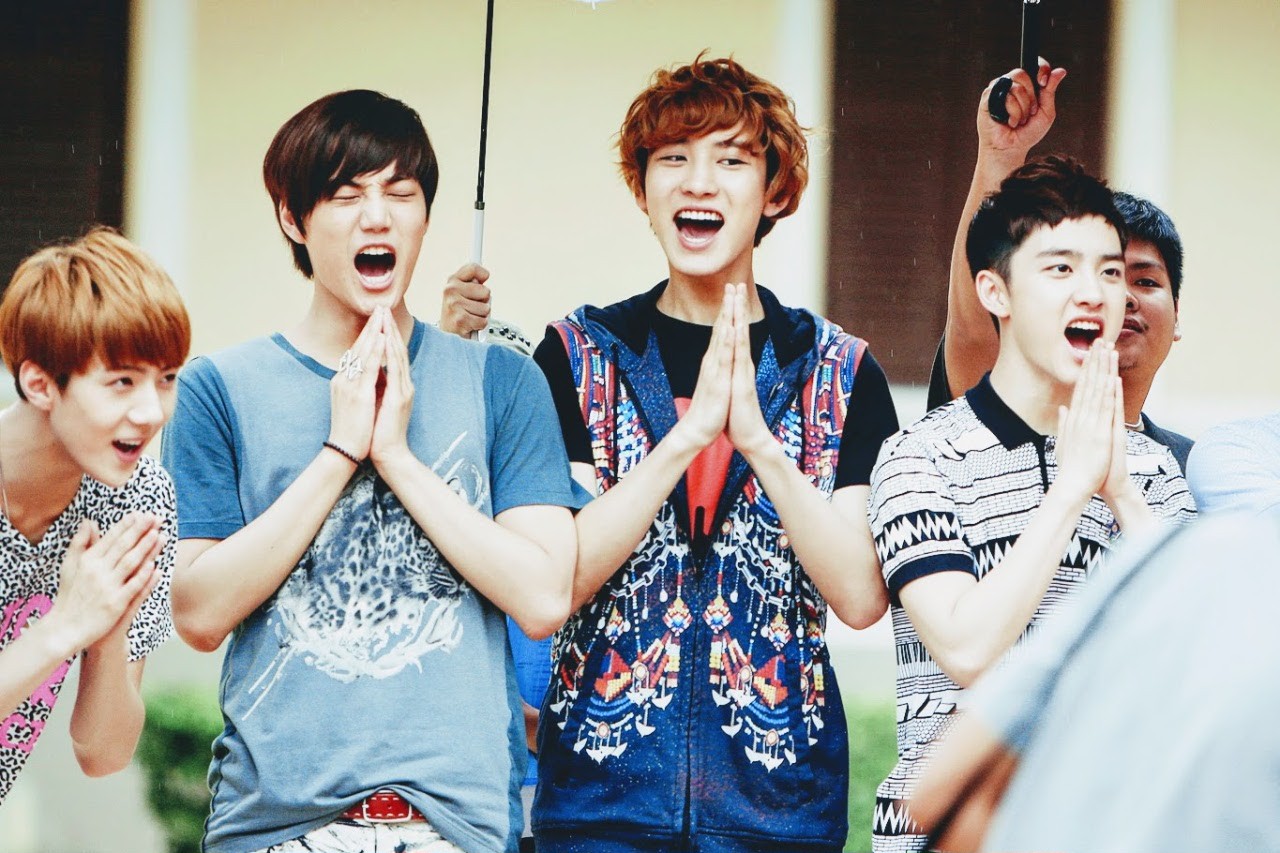
It is considered impolite not to answer the wai. Only members of the royal family and monks are allowed to do this. And, of course, illiterate tourists. But it is better to answer the wai that was made to you. When you yourself have decided to make wai, try to estimate approximately the social status and age of the person to whom your Thai greeting is intended.
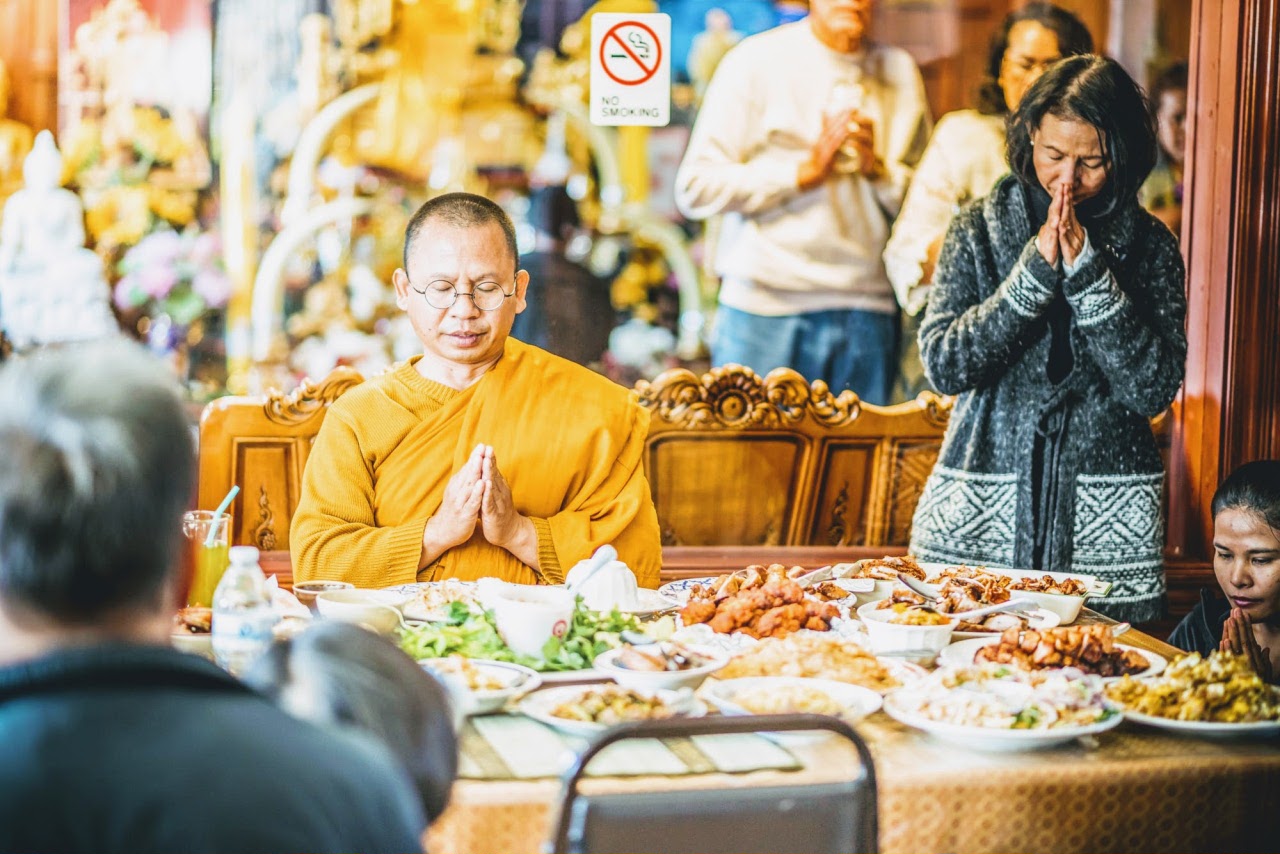
How to do wai correctly?
If the person surpasses you in social status, you should fold your hands with your fingertips at the level of your nose and bow your body slightly. If you want to express great respect or gratitude, fold your fingertips at the level of your mouth and make a deep and long bow. For monks and persons close to the king, you should make the thumbs near the nose. For the king and the Buddha, they should be held near the forehead. The intensity of the bow is incremental, but don't overdo it.
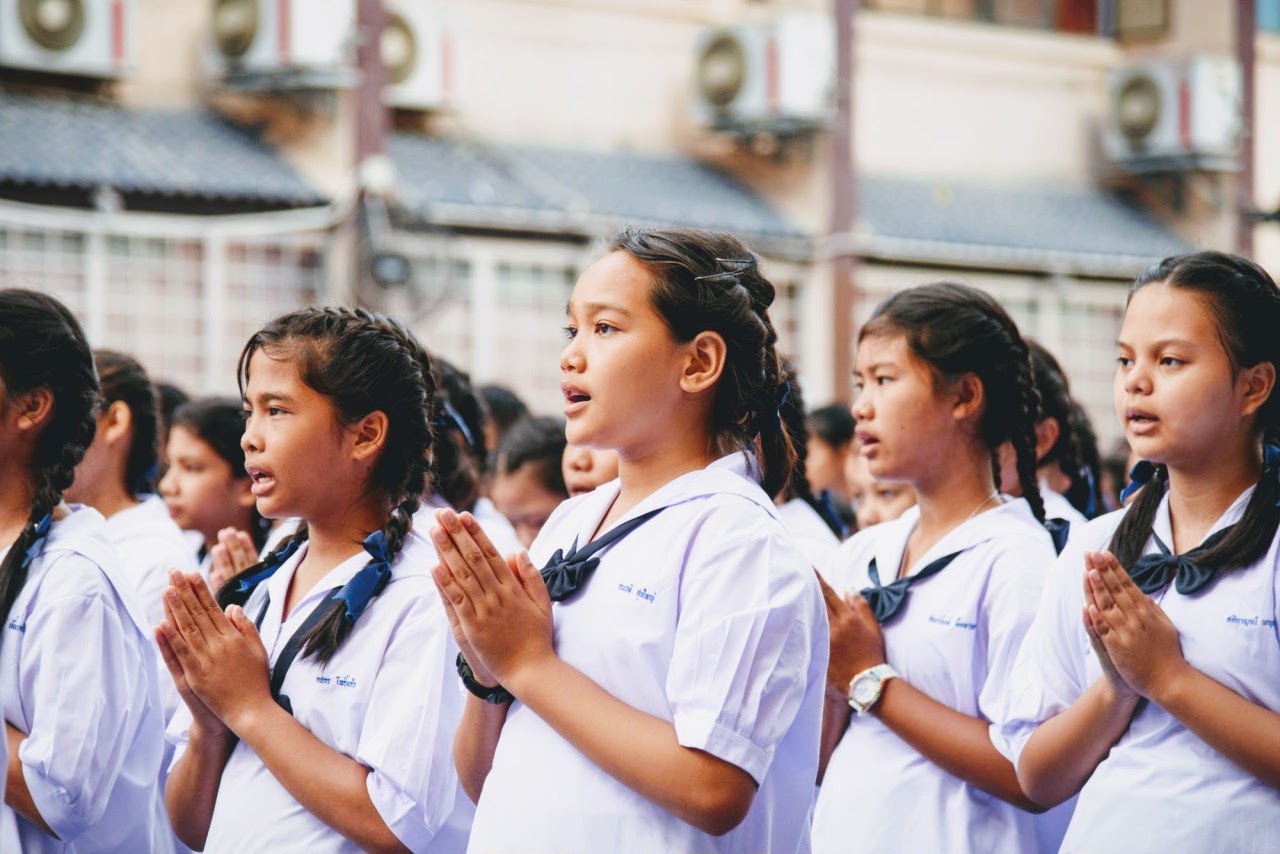
The first wai is always made by the younger one. He accompanies it with a slight nod of the head. The older person should not make a reciprocal wai above chest level. There is a rap wai for the eldest. If a very old person or monk nods his head or raises his right hand, he has received your greeting. And lastly, remember that those who ask for alms do wai above their foreheads. So don't raise your hands. But you can learn how to make a better wai if you are taught to do it by Thais.
Read More:




